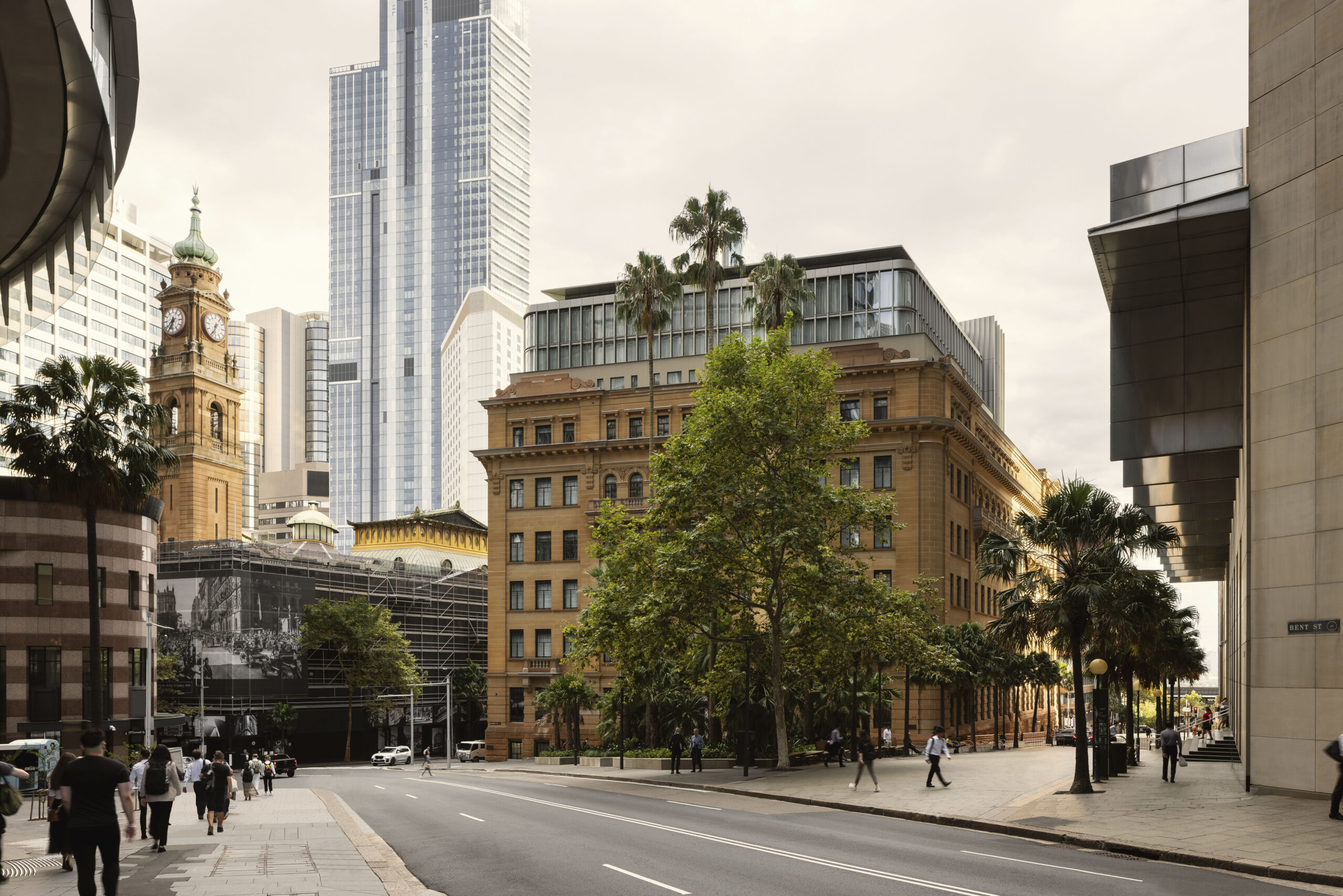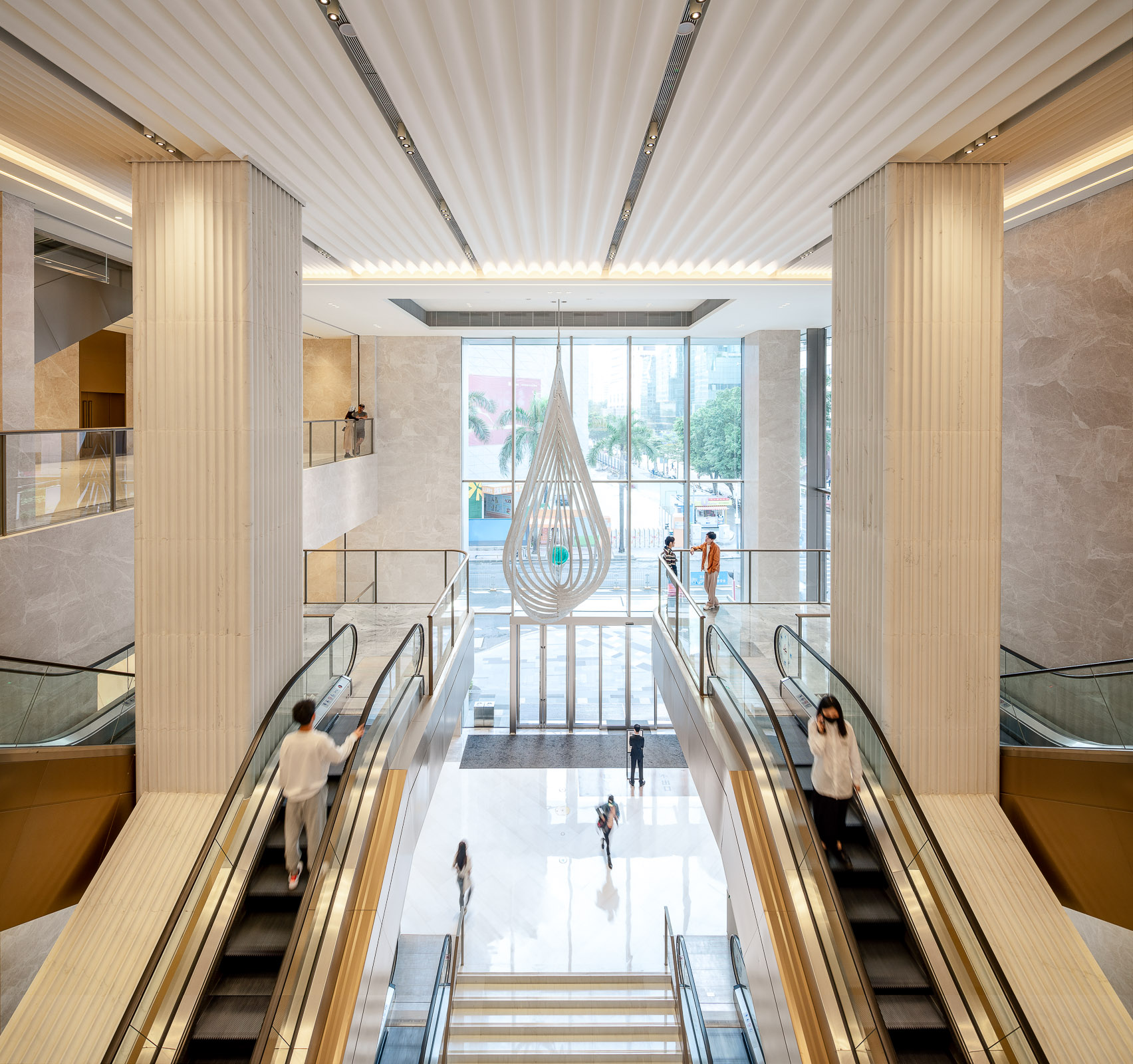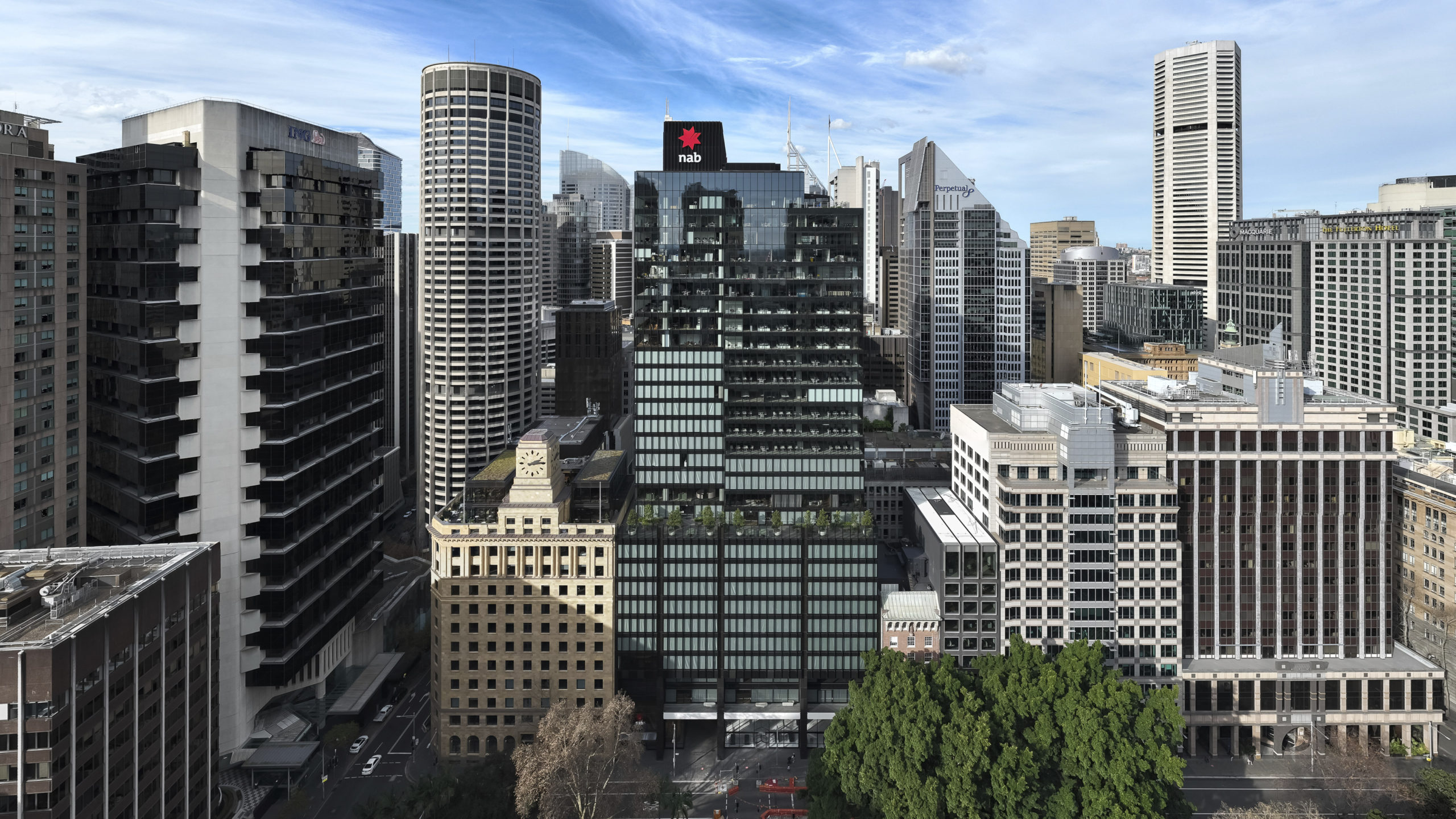
The growing evidence
Studies conducted by neuroscientists, psychologists and endocrinologists have indicated that positive experiences of nature elicit beneficial psychological and physiological responses, such as lowered blood pressure and heart rate, reduced muscular tension, better mental focus, lowered levels of stress hormones, and enhanced creative problem-solving abilities. For instance, neuroscientists have found that viewing complex, dynamic natural scenes is a pleasurable experience, whereas scenes with less visual richness, such as a blank wall or a treeless street, trigger less pleasurable mental reactions.
A team at Melbourne University had participants complete a stress-inducing task, take a break and then complete a recovery task. During the 40-second break, they viewed one of two scenes: an urban rooftop consisting of concrete or the same rooftop rendered as a green roof with extensive plantings. The participants who viewed the concrete roof did not exhibit a shift in brain processing mode, while those who viewed the green roof shifted brain mode and performed better on the recovery task. These studies support Attention Restoration Theory (ART), which asserts that nature serves as a positive restorative environment for humans and is an effective platform for stress management, health promotion, psychotherapy and disease deterrence.
Working with biophilic design
Certain biophilic strategies have specific cognitive or physiological outcomes, so a designer must select interventions that will have the desired effects. Terrapin Bright Green’s report 14 Patterns of Biophilic Design identifies patterns with proven health benefits to help guide designers in creating effective biophilic spaces. The patterns fall under three general categories:
- Nature in the Space
- Natural Analogues
- Nature of the Space
Nature in the Space addresses the direct physical and ephemeral presence of nature in a space or place. This can include plant life, water and animals, as well as breezes, sounds, scents and other natural elements. Common examples include potted plants, flowerbeds, bird feeders, butterfly gardens, water features, fountains, aquariums, courtyard gardens, green walls and vegetated roofs.
Natural Analogues address organic, non-living and indirect evocations of nature. Such interventions can include objects, materials, colours, shapes, sequences and patterns found in nature, and manifest as artwork, ornamentation, furniture, décor and textiles in the built environment. Examples include mimicry of shells and leaves, furniture with organic shapes, and natural materials like wood planks or granite tabletops.
Nature of the Space addresses spatial configurations in nature. This includes our innate and learned desire to be able to see beyond our immediate surroundings, our fascination with the slightly dangerous or unknown, obscured views and revelatory moments, and sometimes even phobia-inducing properties when they include a trusted element of safety.

Biophilic design for the workplace
Biophilic design has often been regarded as a luxury for property owners who want the best-possible workplace for their employees or who want to showcase their efforts to be more environmentally responsible. Yet biophilic design has been proven to improve employee wellbeing, consequently impacting productivity costs and the bottom line.
Biophilic office environments can deeply affect our cognition and health. Research at the University of Oregon found that 10% of employee absences could be attributed to architectural elements that did not connect with nature, and that the quality of a person’s view was the primary predictor of absenteeism. These studies, among many others, demonstrate how biophilic environments can decrease illness and absenteeism, increase staff retention, and improve job performance through the reduction and prevention of mental stress and fatigue. In other words, biophilia can be directly linked to thousands of dollars saved in productivity costs per employee.

Biophilic design in urban environments
One of the realities of the 21st century is that a much larger proportion of our population is now living in cities than ever before, making design and planning decisions ever more important. Most urban environments can increase mental fatigue and stress, whereas natural environments and features can maintain our mental and physiological health. Studies in Japan have found that walking through forest atmospheres decreases stress hormone levels, blood pressure and heart rate in comparison to walking through urban areas. With the loss of natural green space due to continued urbanisation, we must consider how urban environments will have a detrimental effect on public health now and in the decades to come.
Strategic biophilic interventions in urban spaces can mitigate the impact of urbanisation on our mental health. Pocket parks (small parks inserted into highly dense urban areas), art installations that evoke natural patterns and forms, publicly accessible waterfronts and the like all create opportunities for people to interact with nature within the urban environment. We term the collective effect of these interventions ‘biophilic urban acupuncture’. Essentially, threads and nodes of biophilic interventions in specific urban places can help improve people’s moods, connect people to place and improve mental health.
Whether it’s interior workplaces or outdoor public spaces, biophilic design is increasingly recognised as an important element in the built environment. It reminds us that occupant comfort, health and happiness are crucial to creating engaging spaces that people love. Implementing low-cost measures like ensuring that interior spaces provide views to the outside and receive good daylighting, or that outdoor spaces create areas of refuge and have greenery, helps create a more inviting, healthy environment.
Article extracted from Make Annual 13.



































































































































































































































































